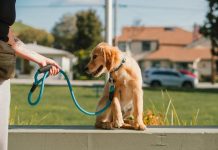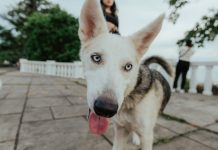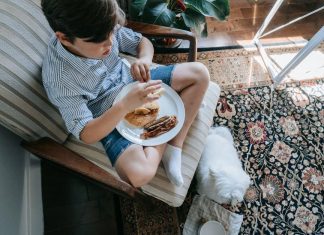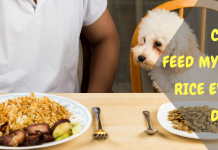Welcoming a new puppy into your home is an exciting journey filled with joy, cuddles, and boundless energy. As you embark on this adventure, one of the most important gifts you can give your furry friend is the confidence to navigate the world with ease. Socializing your puppy is not just about introducing them to new faces and places; it’s about laying the foundation for a lifetime of positive experiences and interactions. In this guide, we’ll explore the essential steps to help your puppy grow into a well-adjusted, happy companion. With patience, love, and the right techniques, you can ensure your puppy blossoms into a confident and sociable dog, ready to take on all the adventures life has to offer.
Creating Positive Experiences: Introducing Your Puppy to New Environments
To nurture a confident and well-adjusted puppy, it’s essential to introduce them to a variety of environments. This exposure helps them become comfortable with new sights, sounds, and smells, ultimately reducing anxiety and fear. Begin by gradually exposing your puppy to different settings. Take them on short walks in your neighborhood, letting them experience the hustle and bustle of daily life. As they become more at ease, you can expand their world by visiting parks, pet-friendly stores, and eventually busier locations like outdoor markets.
- Start Slowly: Introduce new places one at a time to prevent overwhelming your puppy.
- Observe and Comfort: Watch for signs of stress and reassure your pup with calm praise and treats.
- Positive Reinforcement: Encourage exploration with rewards to create positive associations with new environments.
- Consistency is Key: Regularly visit a variety of places to build your puppy’s confidence over time.
Remember, each puppy is unique, so adjust your approach based on their comfort level. The goal is to create positive experiences that will help your furry friend face the world with confidence and curiosity.

Building Bonds: Encouraging Healthy Interactions with Other Dogs
Fostering positive interactions between your puppy and other dogs is crucial for their social development and confidence. Begin by organizing playdates with vaccinated, well-behaved dogs in a controlled environment. Keep these gatherings short and sweet to prevent overwhelming your puppy. As you observe their interactions, look for signs of stress or discomfort, such as excessive barking or cowering, and be ready to intervene gently if necessary.
- Introduce variety: Expose your puppy to different breeds, sizes, and temperaments to help them adapt to various canine personalities.
- Encourage positive behavior: Reward your puppy with treats or praise when they engage appropriately with other dogs.
- Stay calm and patient: Your demeanor sets the tone for your puppy’s interactions, so remain relaxed and encouraging.
Remember, these experiences are not just about making friends but also about teaching your puppy how to communicate and play safely. Over time, with consistent practice and positive reinforcement, your puppy will grow into a confident and sociable dog, ready to make the most of their interactions with their canine companions.
Understanding Puppy Body Language: Recognizing and Responding to Signals
Understanding your puppy’s body language is crucial in fostering a well-socialized and confident canine companion. Puppies communicate through a variety of signals, and recognizing these can help you respond appropriately, ensuring your puppy feels secure and understood. Here are some common signals to watch for:
- Tail Wagging: A wagging tail often indicates excitement, but the speed and position can convey different emotions. A slow wag with a low tail might suggest uncertainty, while a fast wag with a high tail typically signals happiness.
- Ears: Erect ears show attentiveness or curiosity, while ears pulled back may indicate fear or submission. Pay attention to the context and other signals to interpret correctly.
- Body Posture: A relaxed body usually means your puppy is comfortable, whereas a stiff or crouched posture can indicate anxiety or fear.
- Facial Expressions: A wrinkled brow or panting might be signs of stress. Conversely, a soft, open mouth often suggests relaxation.
By observing these signals, you can better support your puppy’s emotional needs, helping them navigate new experiences confidently. Responding to their body language with gentle reassurance, or creating a positive association through treats and praise, can significantly enhance their socialization journey. Remember, every puppy is unique, so take the time to learn their individual cues and preferences.
















